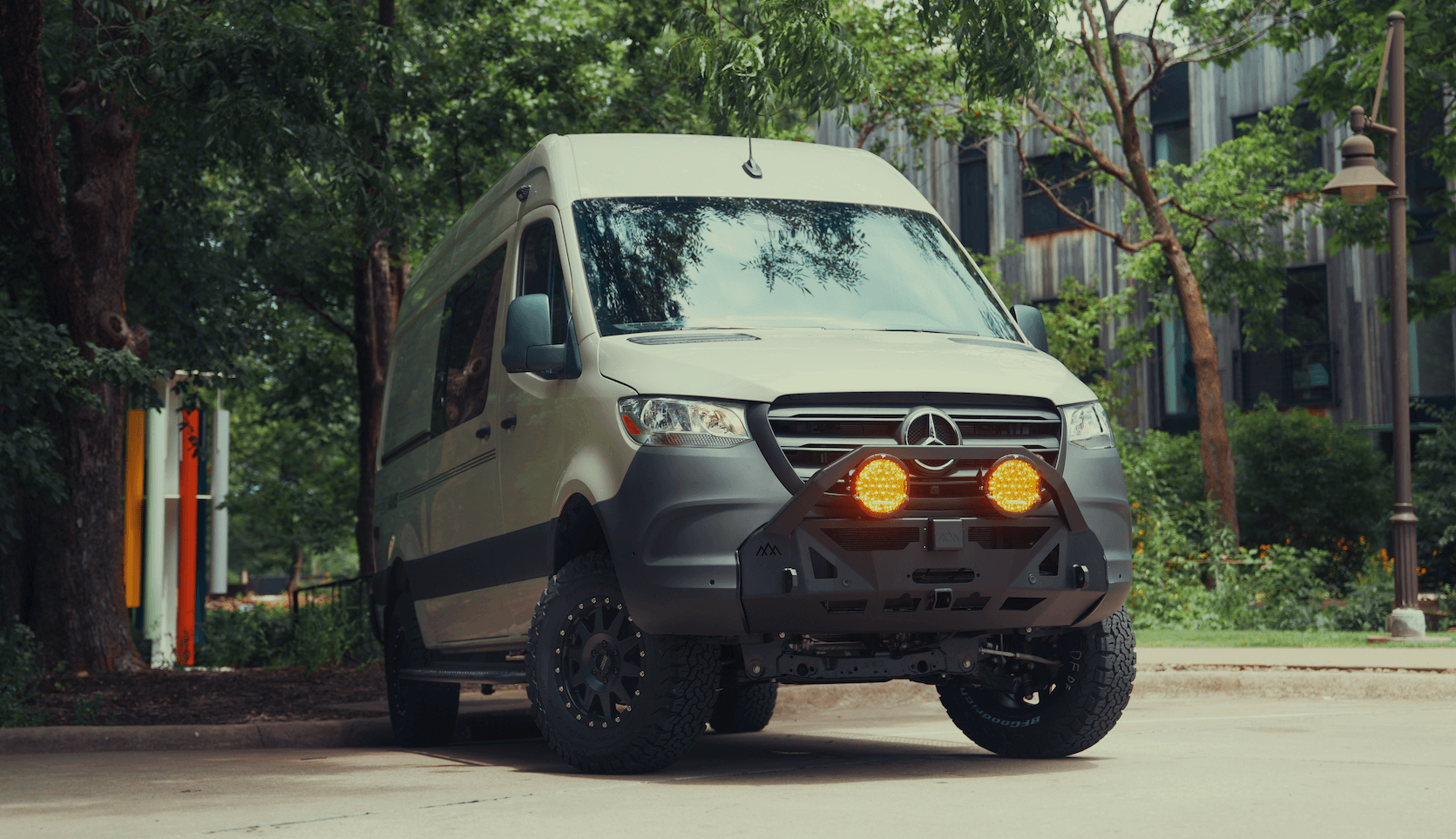Recreational Vans

An inverter charger combo is the heart of many mobile and off grid electrical systems. It serves three key roles. First, the inverter side converts battery power into clean household AC so you can run outlets, kitchen gear, and electronics. Second, the onboard charger refills your battery bank when connected to shore or a generator using multi stage charging tailored to your battery type. Third, an internal transfer switch passes shore power through to your outlets when available and flips back to inverter power when you unplug, often with barely a blink.
These units are popular in camper vans, overland trucks, and small towables because they save space, simplify wiring, and ensure the charger and inverter share the same protections and monitoring. Many models offer remote controls, app monitoring, and power assist features that blend shore and battery power to handle brief surges.
Choose a pure sine wave inverter for sensitive loads like induction cooktops, laptops, and medical devices. Modified sine wave may work for simple tools but can cause heat, noise, or failure in modern appliances. Look for low total harmonic distortion, solid surge capacity, and a fast transfer time to keep electronics happy.
The transfer switch routes shore power to outlets and can charge batteries at the same time. When shore drops, the inverter takes over. Good units switch quickly and include neutral to ground handling appropriate for mobile systems. Some add power assist, letting the inverter supplement a weak campground circuit for short bursts.
Start with a power audit. List your AC devices, their watts, how many run at once, and how long. Size the inverter for your highest concurrent draw plus surge. Continuous rating matters for sustained loads while surge rating covers compressor starts or motor inrush. For battery voltage, higher system voltage reduces current and cable size, which is helpful at 2000 watts and above.
Match the charger to your battery chemistry and capacity. Lithium iron phosphate likes a two stage profile with no float or a very low float, temperature aware limits, and configurable absorption. Lead acid needs bulk, absorption, and float with correct time limits. Shore input rating matters as well. A big charger can trip a small breaker if it does not offer input current limiting. Pay attention to certifications, efficiency, idle draw, and remote monitoring options that simplify daily use.
Imagine a van that runs a 1200 watt induction burner, a 1000 watt microwave one at a time, a fridge at 80 watts, and chargers for laptops at 150 watts total. Peak concurrent draw might land near 1600 to 2000 watts with surges higher. A 2000 to 3000 watt pure sine unit gives headroom. If you choose 24 volt batteries, DC current stays moderate which allows shorter cable runs and smaller conductors compared to 12 volt at the same power.
Your usable capacity should support your typical daily use without deep discharges. For lithium, plan for roughly eighty percent usable capacity and fast recharge from shore or alternator. If you integrate alternator charging, ensure the system includes a proper DC to DC charger or an approved method to protect the alternator and manage lithium profiles. Coordinate settings so the inverter charger and other chargers do not fight each other.
A clean install starts with layout. Keep the unit in a dry, ventilated space with the correct orientation and clearance. Short DC runs limit voltage drop and heat. Use marine grade or equivalent cable sized for continuous current and surge, and keep voltage drop under three percent on the DC side when possible. Protect the DC feed with a Class T fuse near the battery, add a proper disconnect, and route cables with abrasion protection.
Grounding and bonding are critical. Follow the unit instructions for AC neutral handling and use a proper equipment ground. Add a main branch circuit breaker panel on the AC output and protect each circuit. Use GFCI where people might interact with water and electronics, and consider an isolation transformer or galvanic protection when shore power quality is uncertain. Secure all conductors, torque lugs to spec, and label every component for service.
Inverters make heat under load and while charging. Provide ventilation and consider a ducted enclosure in tight cabinets. Keep the unit off soft beds or foam that can block airflow. Expect some fan noise under heavy loads and plan placement away from sleeping areas when possible.
Check fasteners, inspect cables for chafe, and vacuum dust from vents. Confirm charge profile settings after firmware updates or battery changes. If outlets flicker when switching sources, review transfer time specs and neutral bonding. Monitor idle draw and enable eco or standby modes if supported to conserve battery overnight.
OZK Customs designs and installs complete power systems that pair the right inverter charger combo with balanced batteries, alternator charging, solar, and proper protections. We size, configure, and test every system under real appliances so your outlets behave like home power on the trail and at the campsite.
Strong finish, clear next step. If you want the confidence of a professionally engineered van power system, our team will map your loads, specify the right hardware, and build a tidy cabinet that is easy to live with and easy to service. Tell us about your travel style and we will turn that into a power plan that just works.
Explore builds and services:
Ready to trust your power system to a pro team that builds vans for real world travel? Tell us about your electrical needs and we will design, install, and test an inverter charger combo that fits your rig and lifestyle. Submit the form and get a clear plan, pricing, and timeline from OZK Customs.
ADDRESS:
6159 E Huntsville Rd, Fayetteville, AR 72701
PHONE:
(479) 326-9200
EMAIL:
info@ozkvans.com